Canadian inflation, measured by CPI, accelerated in July, posting a 0.6% mom increase, doubling expected rise of 0.3% mom. This upward tick, a substantial leap from June’s 0.1% gain, was significantly influenced by higher travel tour prices.
On a year-on-year basis, July’s CPI leapt from 2.8% yoy to 3.3% yoy , outpacing anticipated 3.0% yoy . A notable factor behind the rapid rise in the headline consumer inflation is base-year effect in gasoline prices. The previous year’s steep decline in gasoline prices for July 2022, which saw a -9.2% drop, has ceased to affect the current 12-month trajectory.
Excluding gasoline, CPI rose 4.1% yoy, edging up from 4.0% yoy in June. Excluding energy, CPI decelerated to 4.2% yoy after 4.4% yoy increase in June.
CPI median slowed from 3.9% yoy to 3.7% yoy, matched expectations. CPI trimmed down from 3.7% yoy to 3.6% yoy, above expectation of 3.5% yoy. CPI common also fell from 5.1% yoy to 4.8% yoy, below expectation of 5.0% yoy.




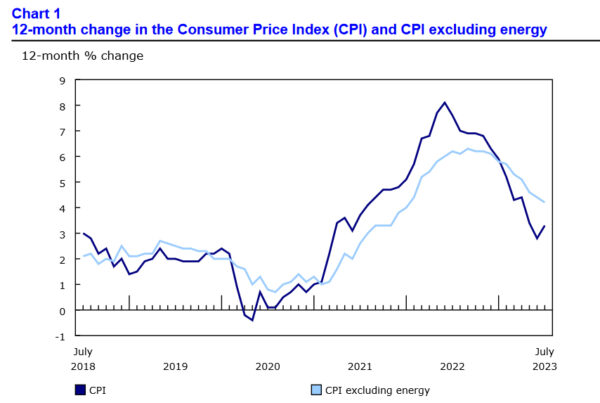
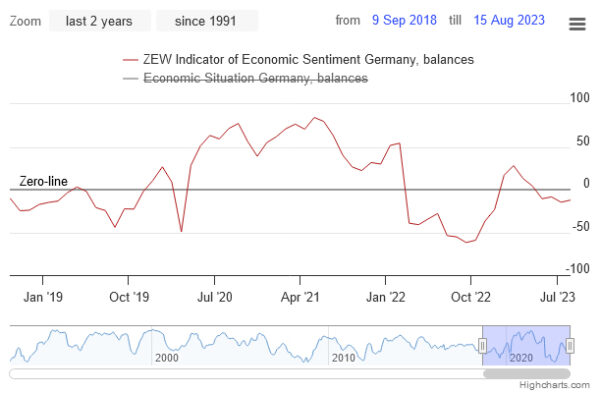
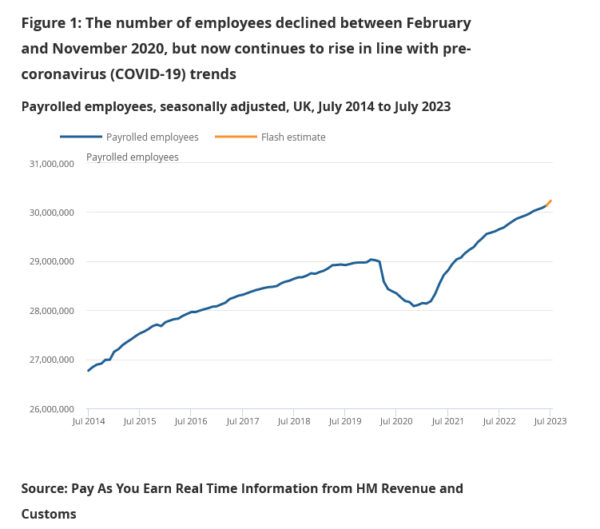
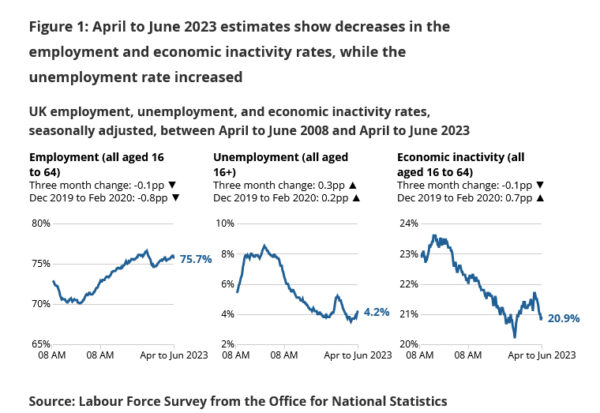
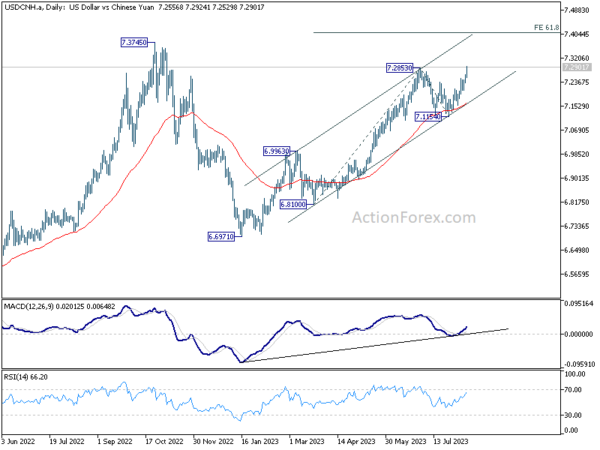
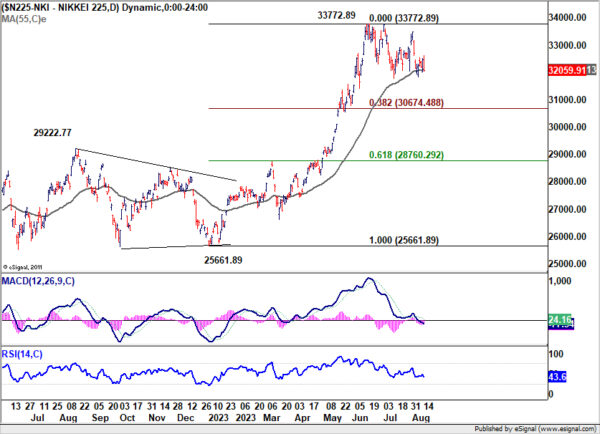
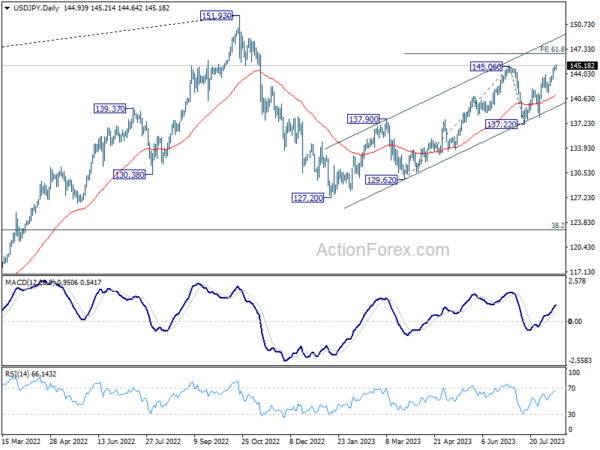
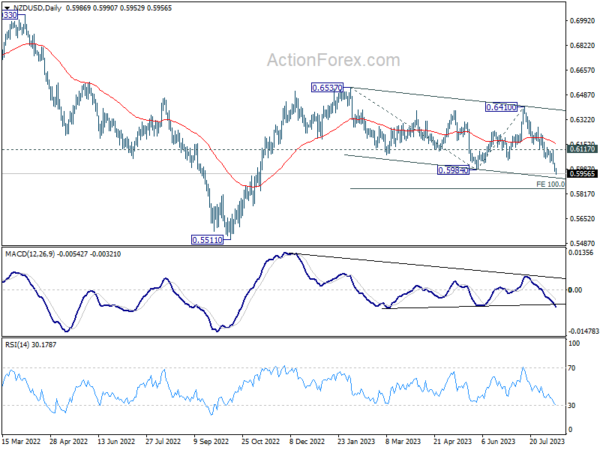
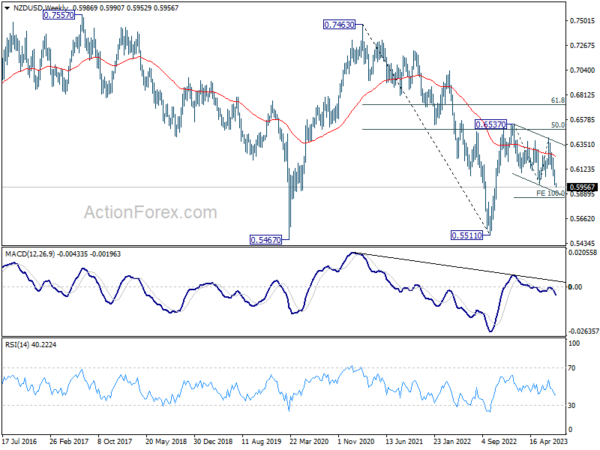
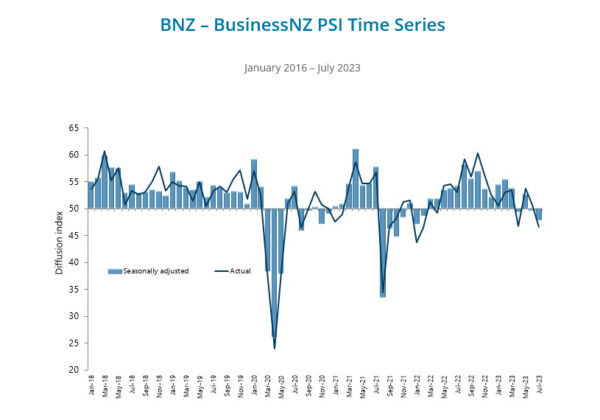
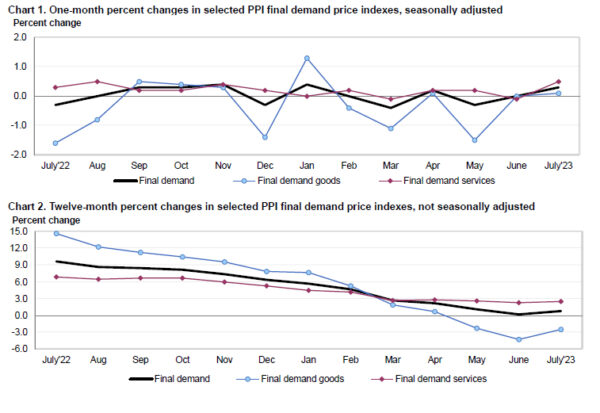

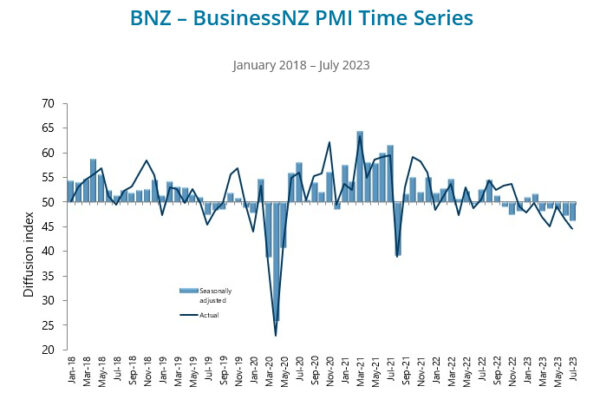
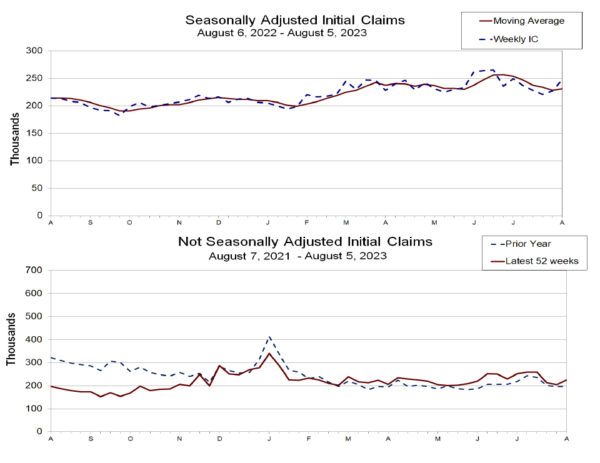
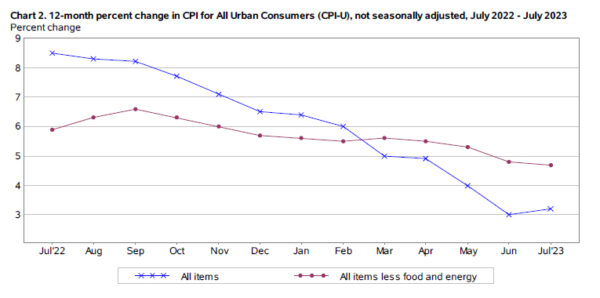
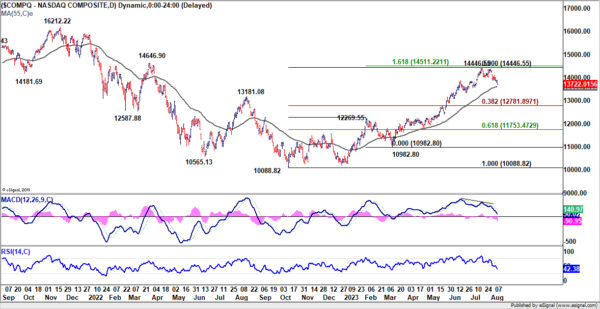


US retail sales rose 0.7% mom in Jul, ex-auto sales up 1.0% mom
US retail sales rose 0.7% mom to USD 696.4B in July, above expectation of 0.4% mom. Ex-auto sales rose 1.0% mom to USD 562.8B, above expectation of 0.4% mom. Ex-gasoline sales rose 0.8% mom to USD 644.0B. Ex-auto, gasoline sales rose 1.0% mom to USD 510.5B.
Total sales for May 2023 through July 2023 period were up 2.3% from the same period a year ago.
Full US retail sales release here.